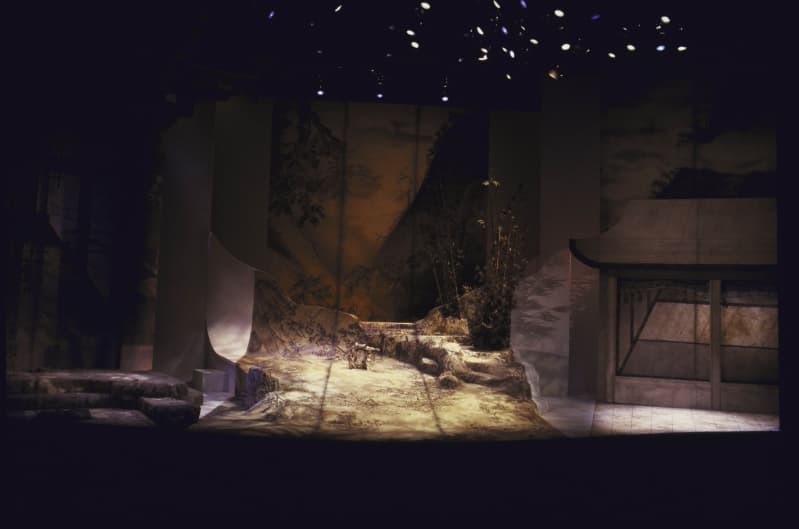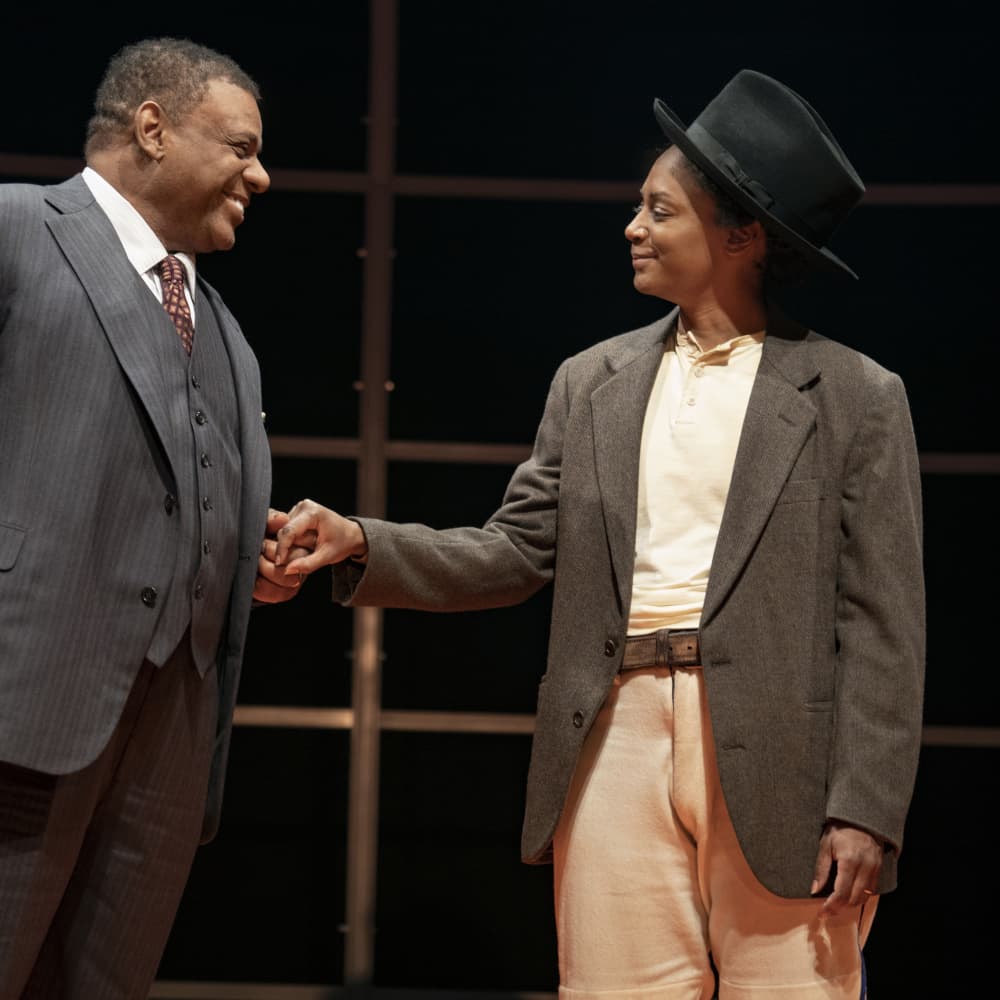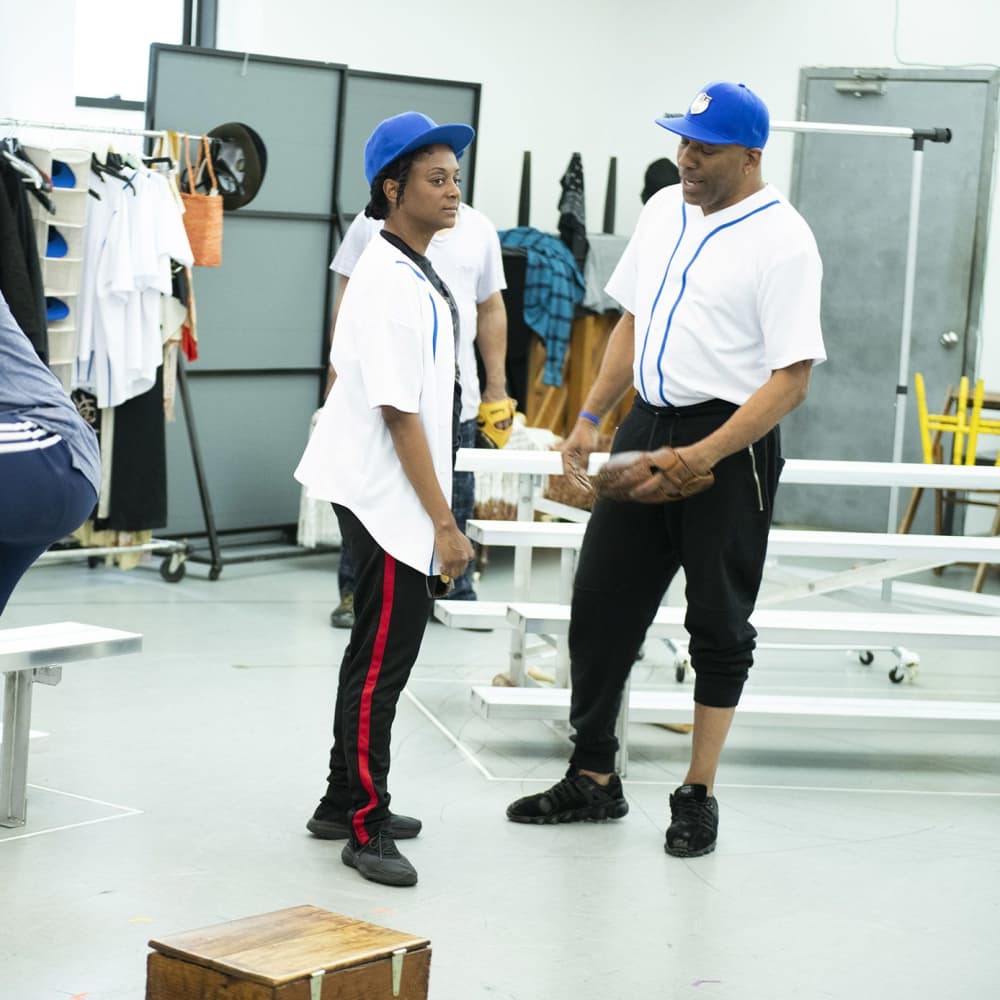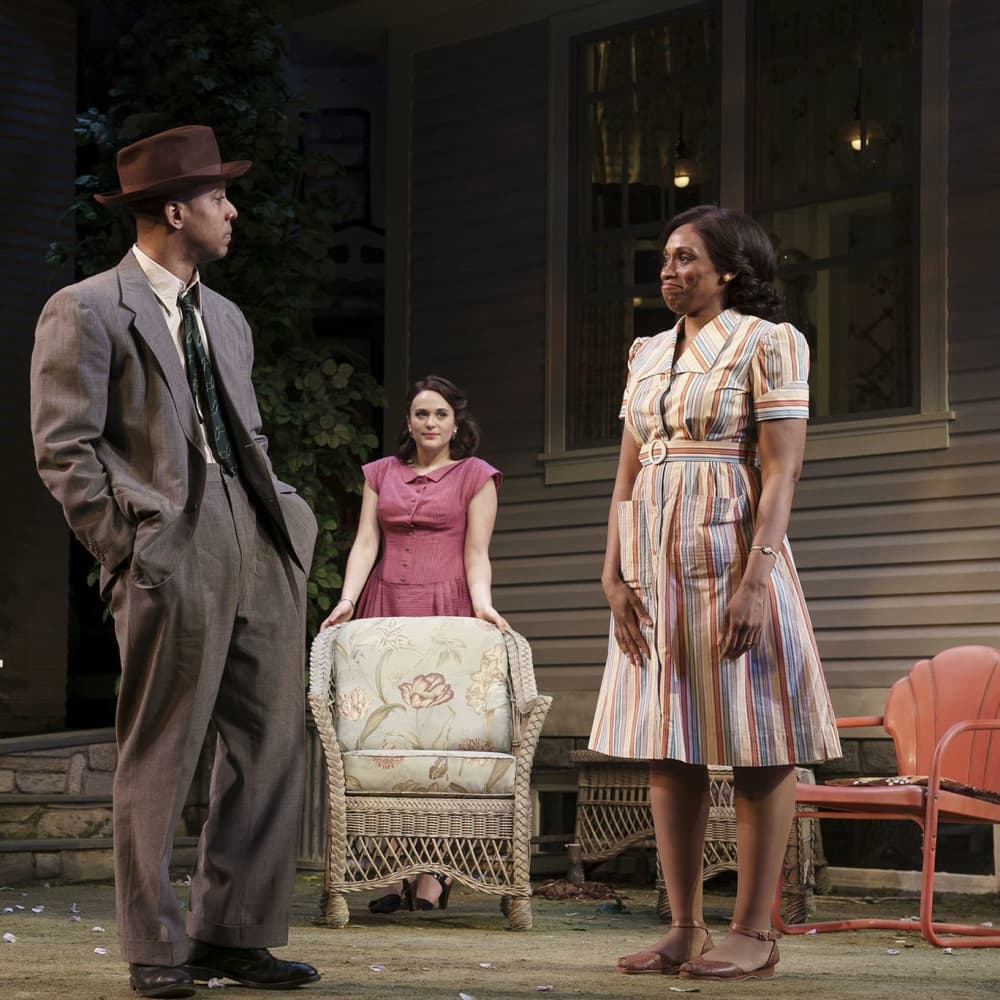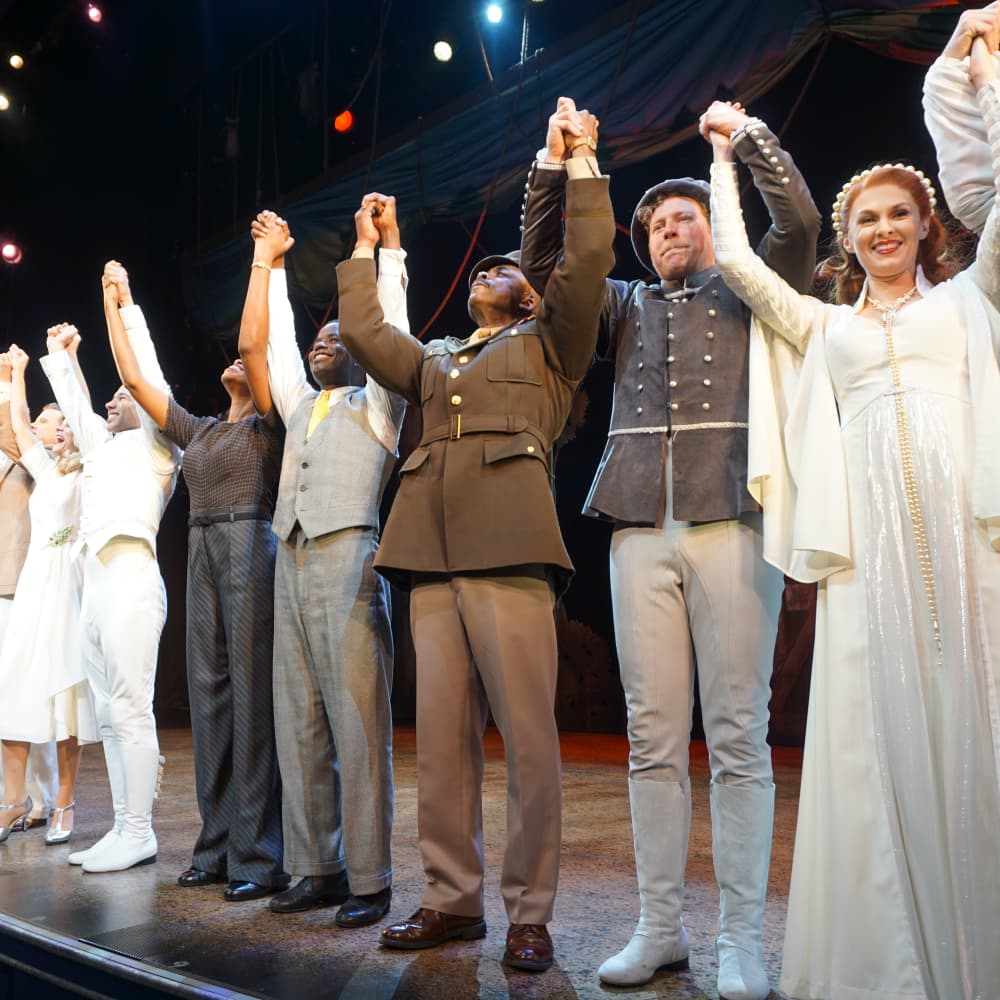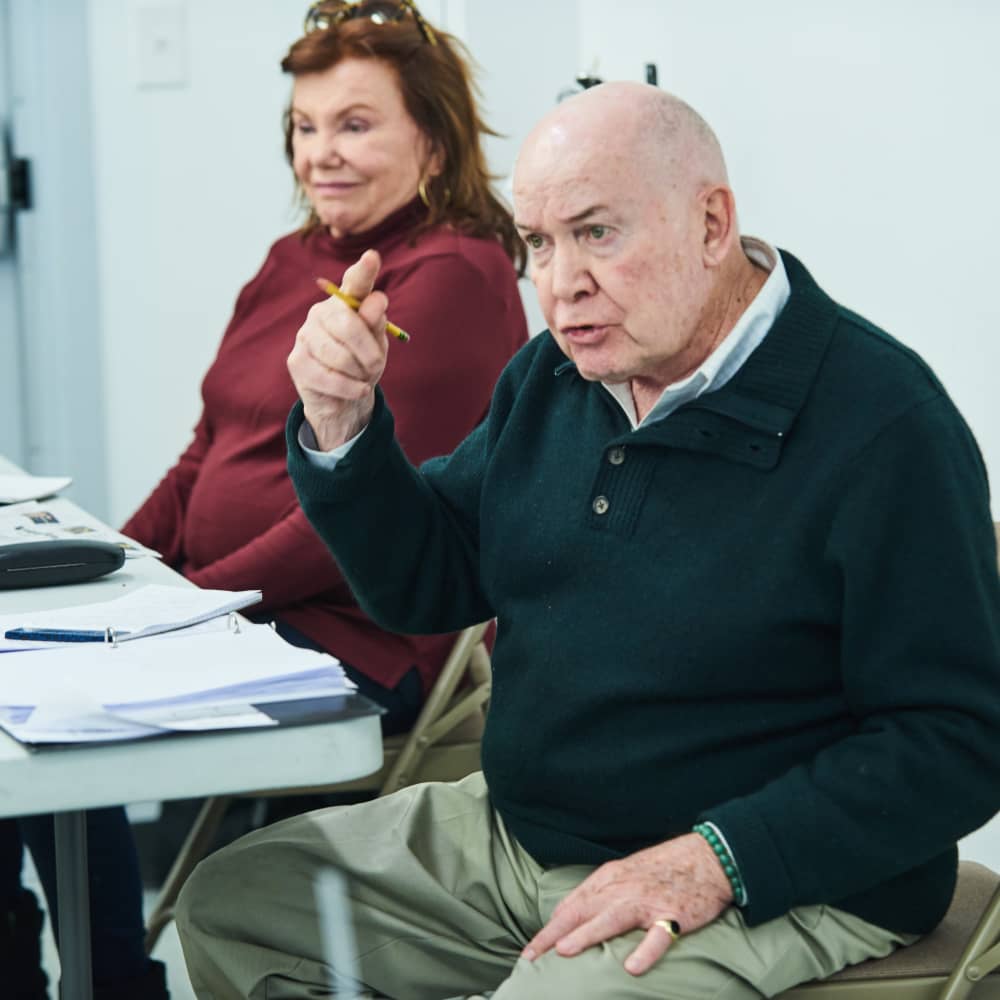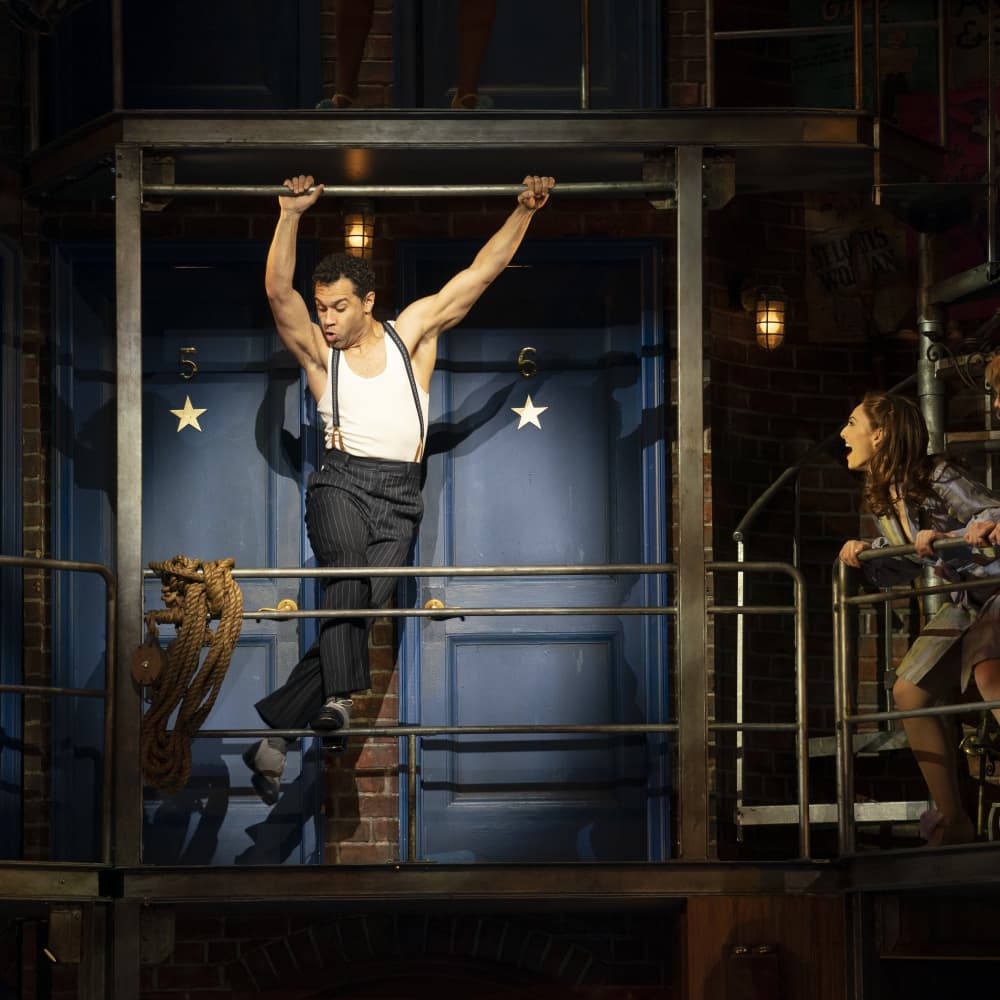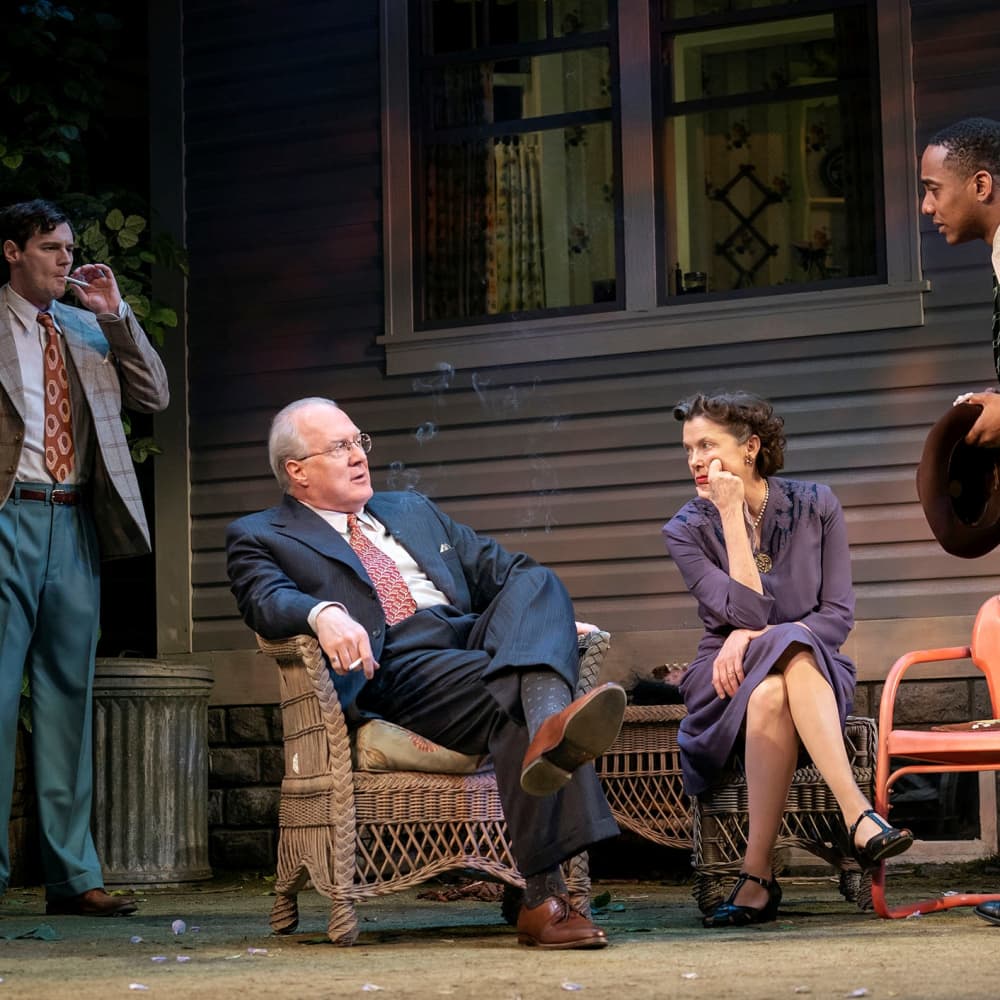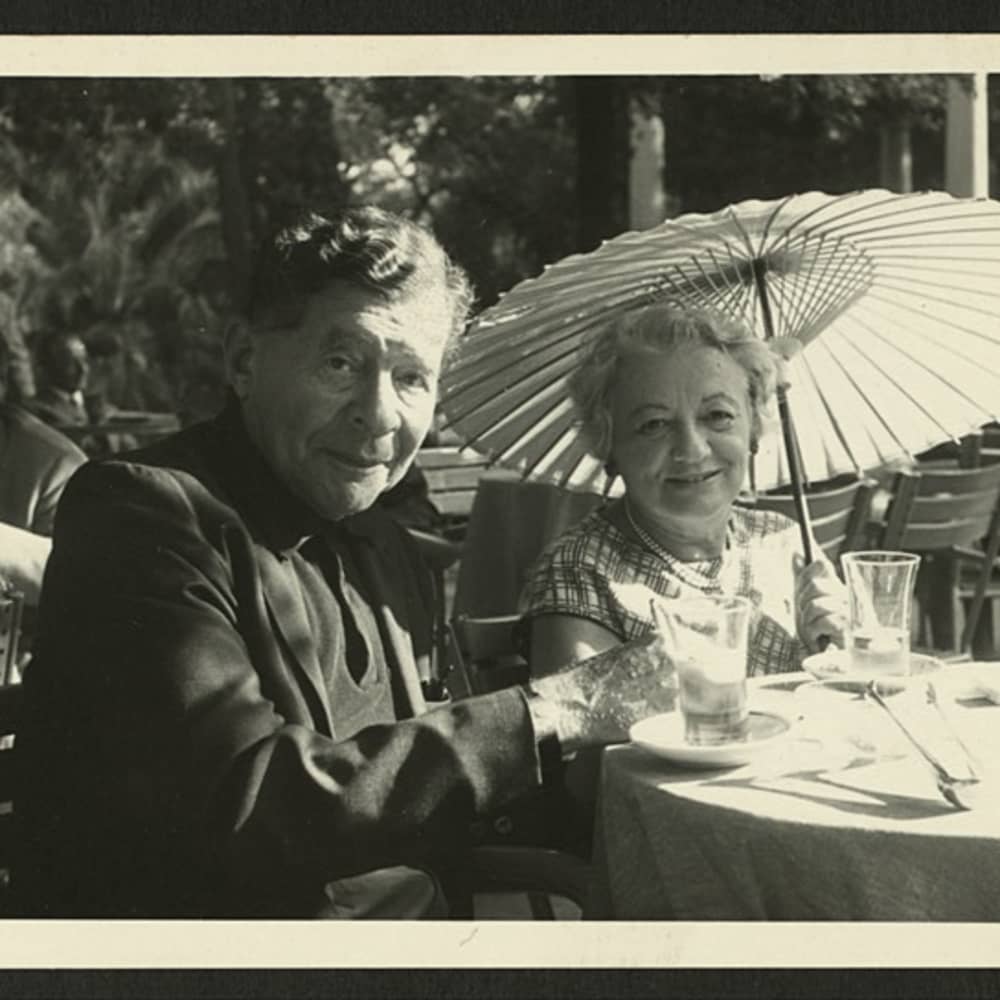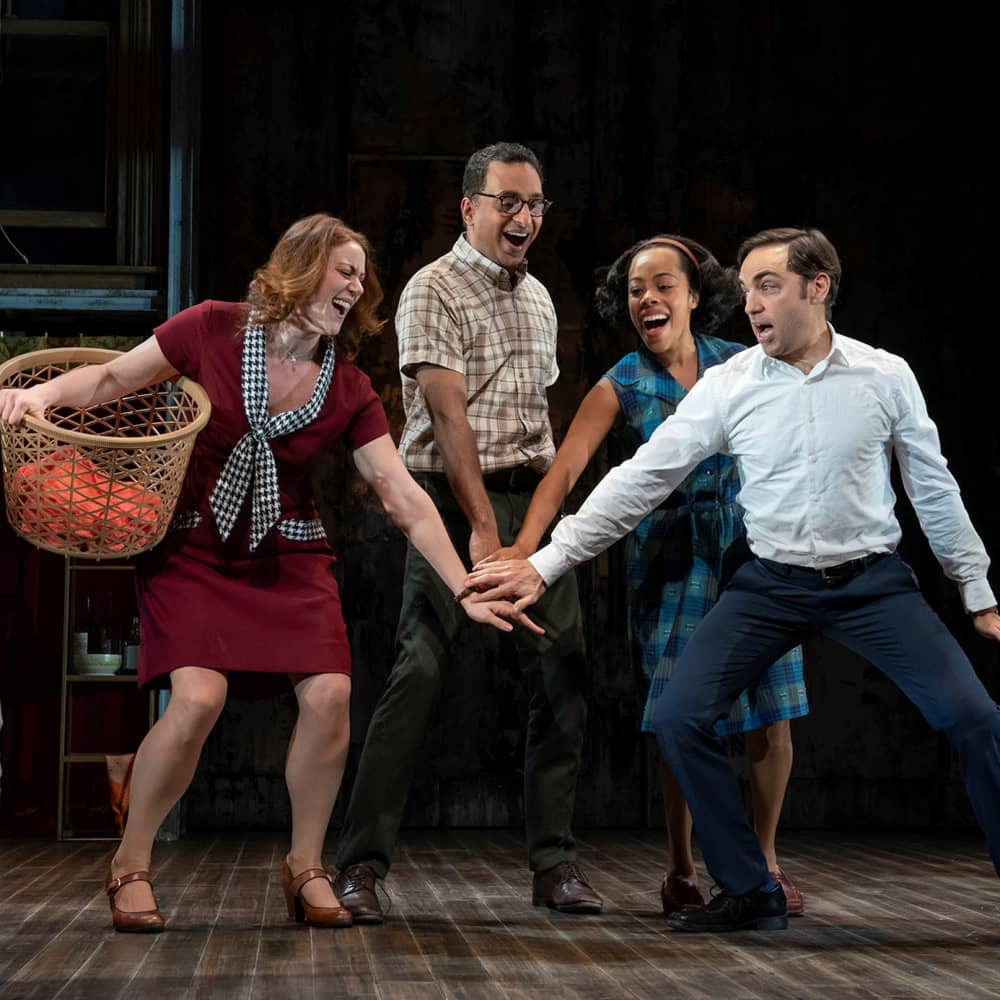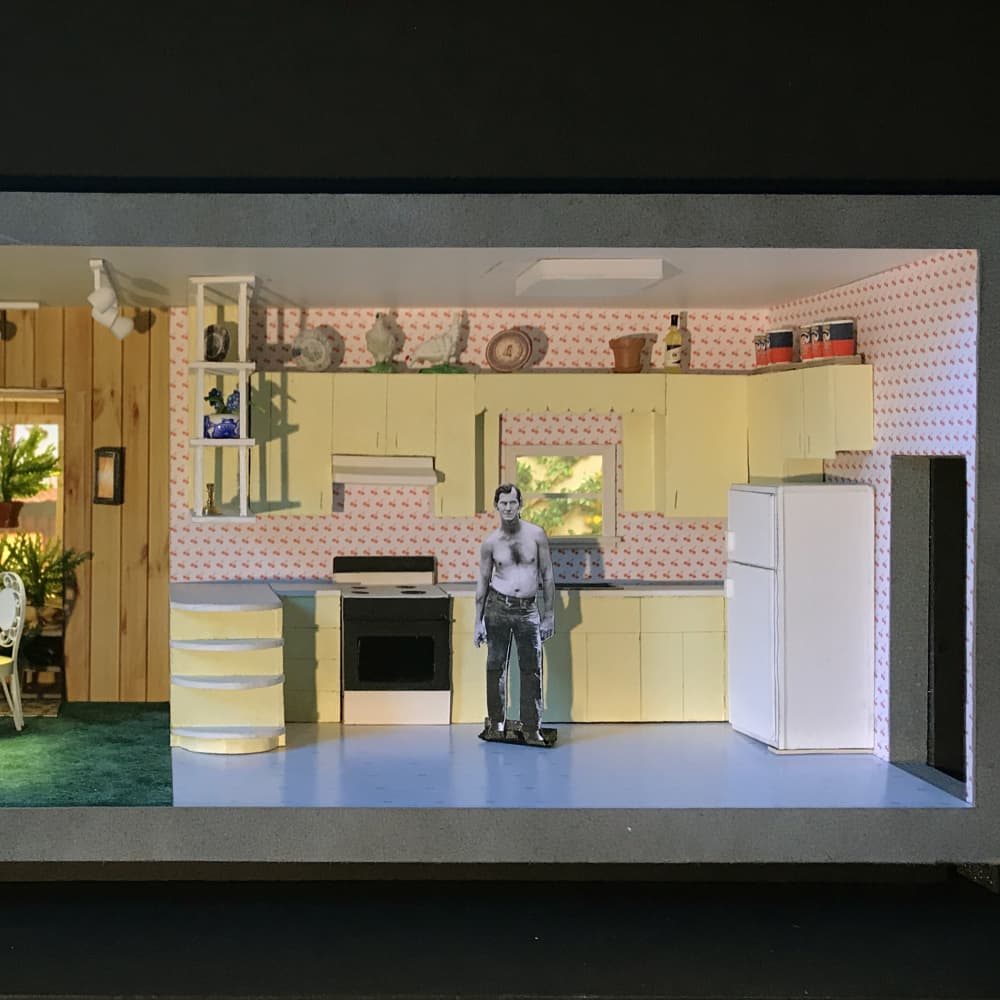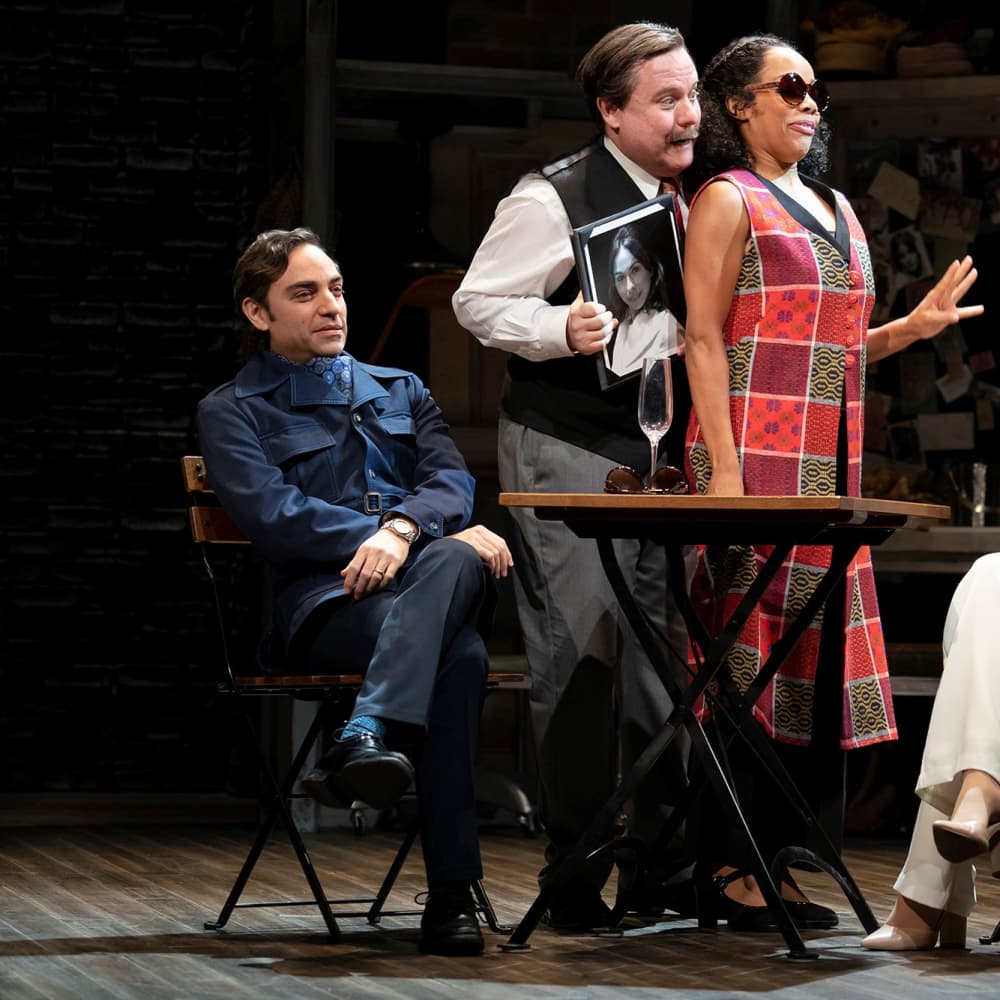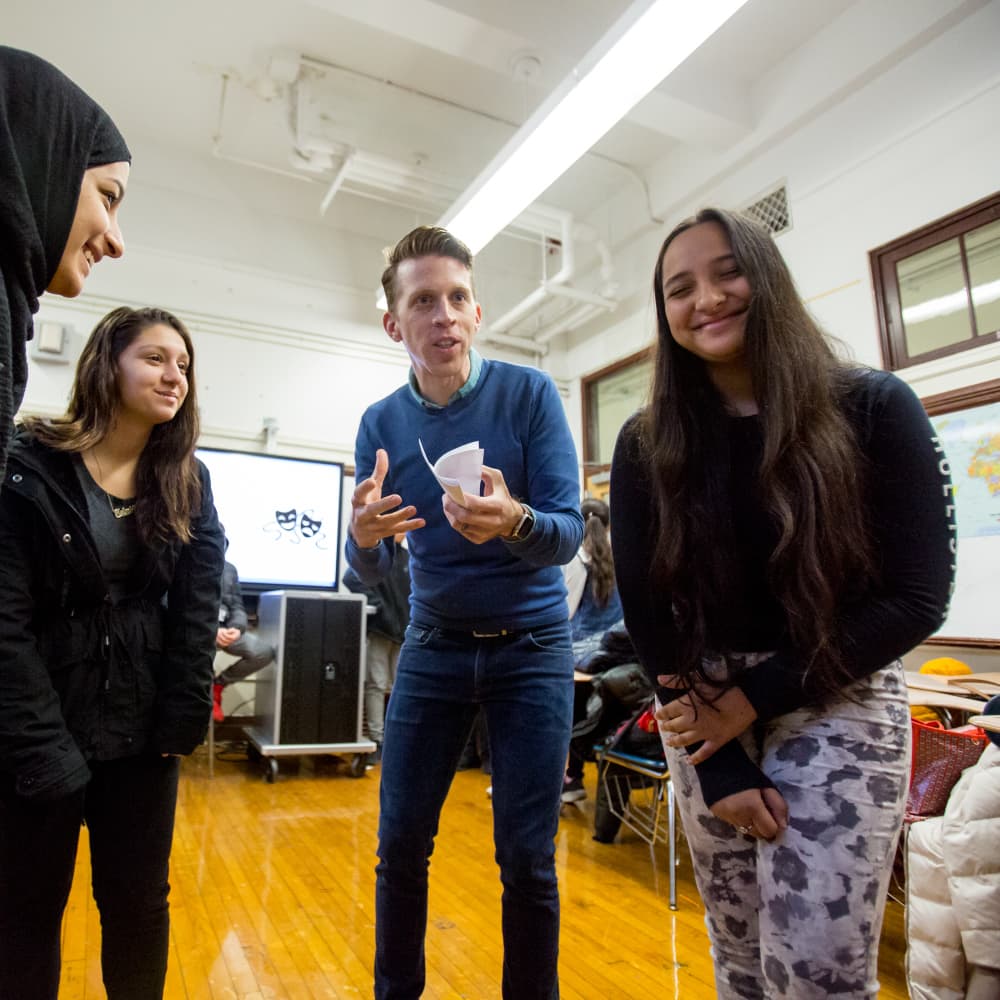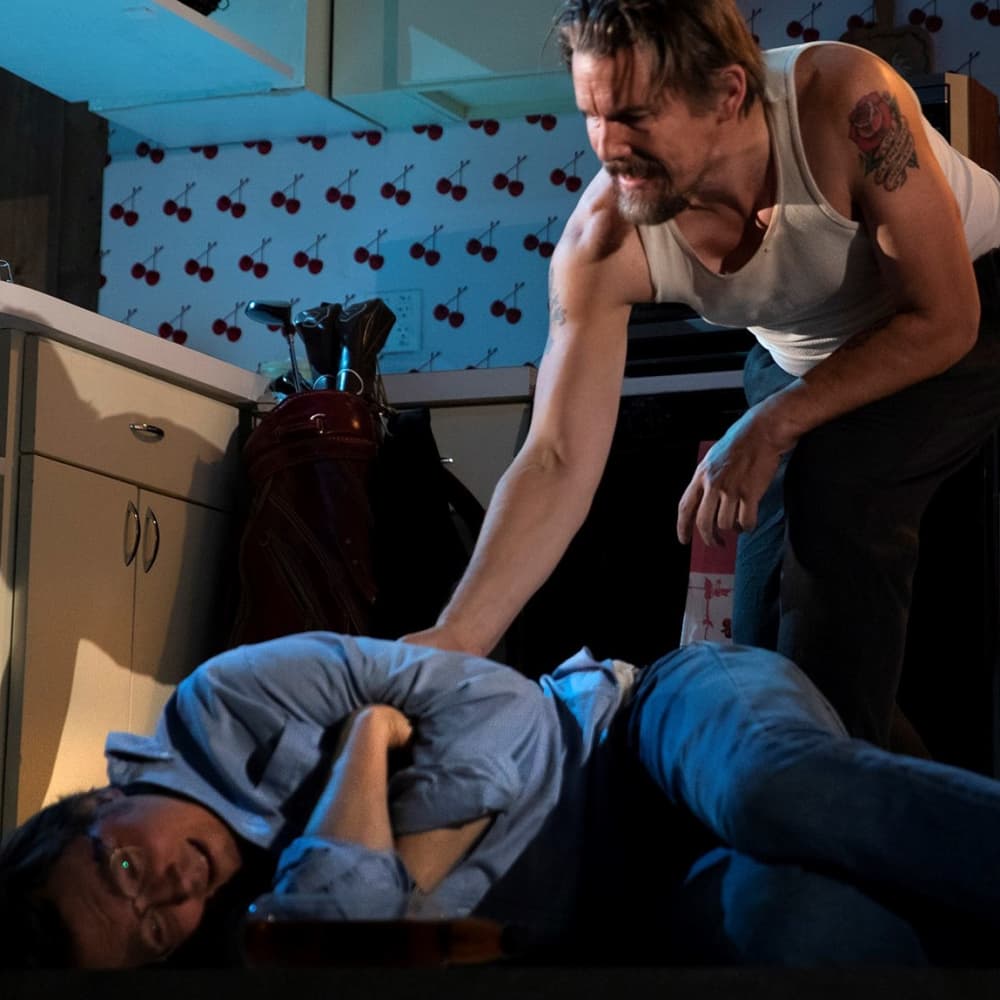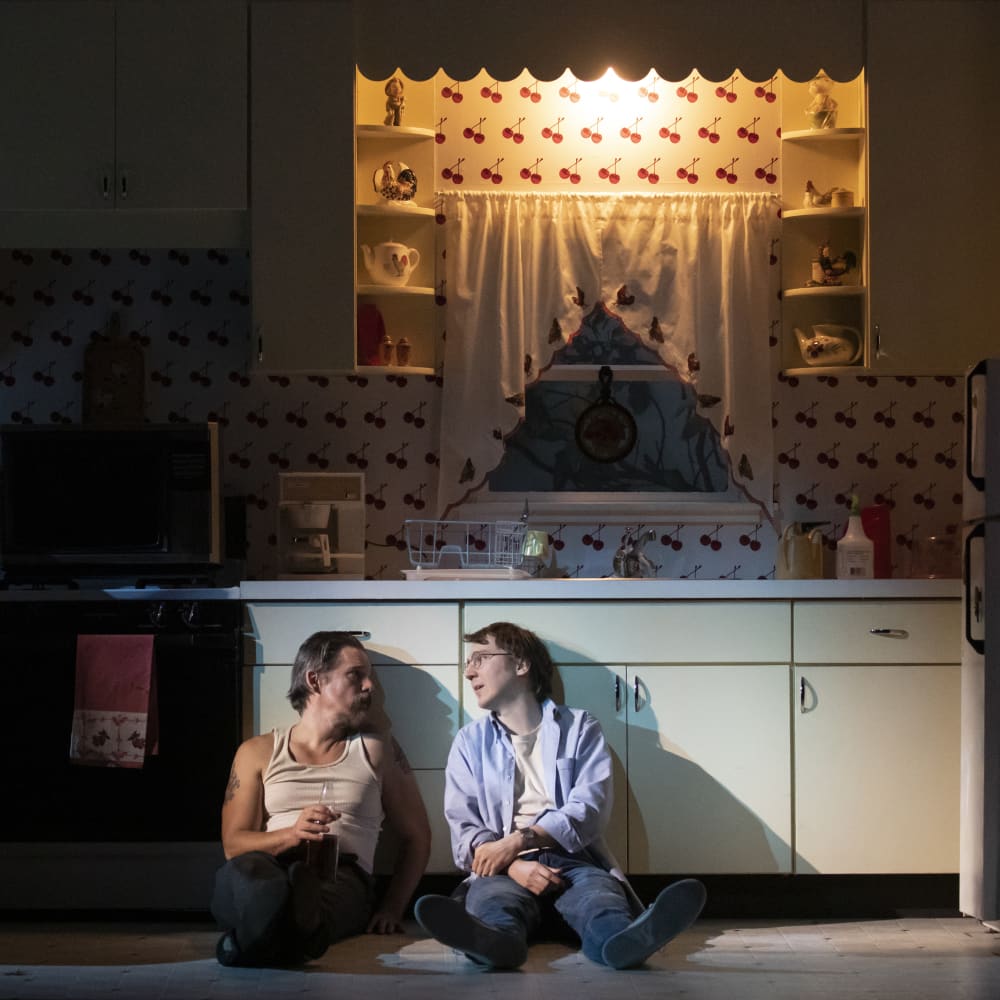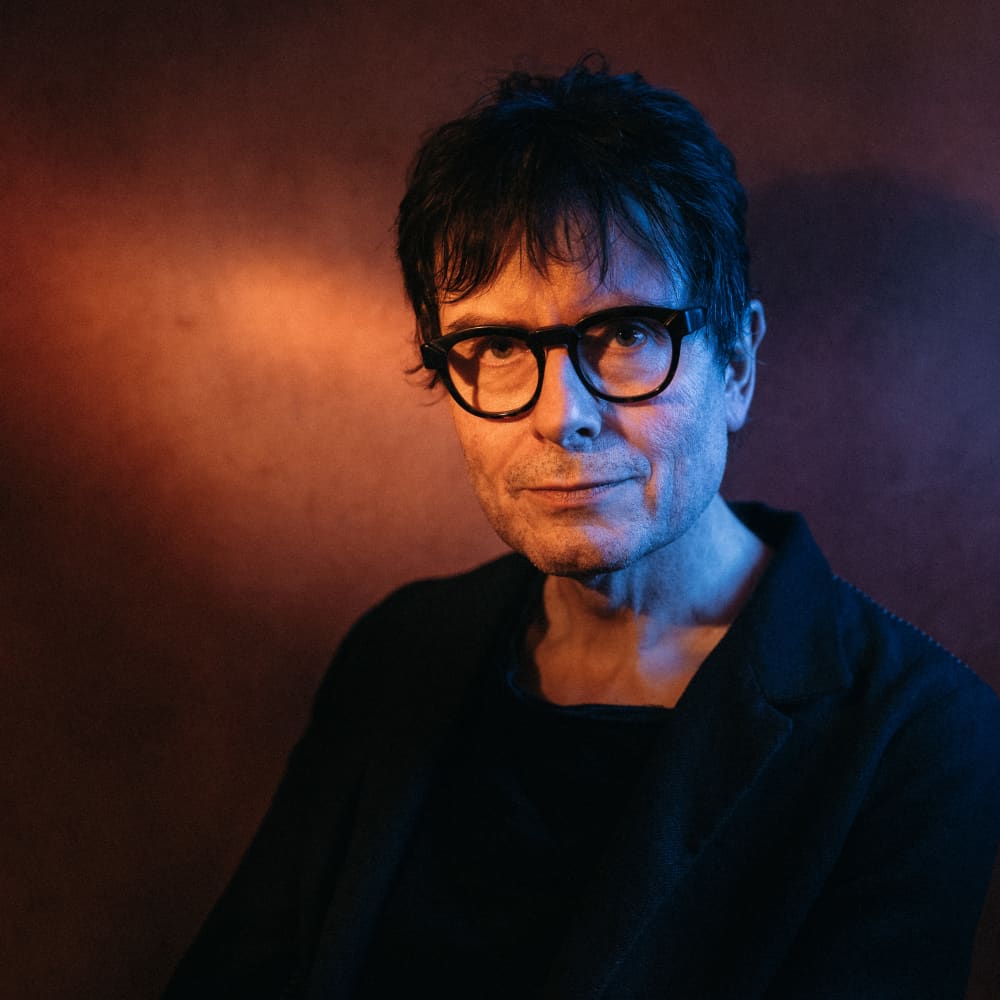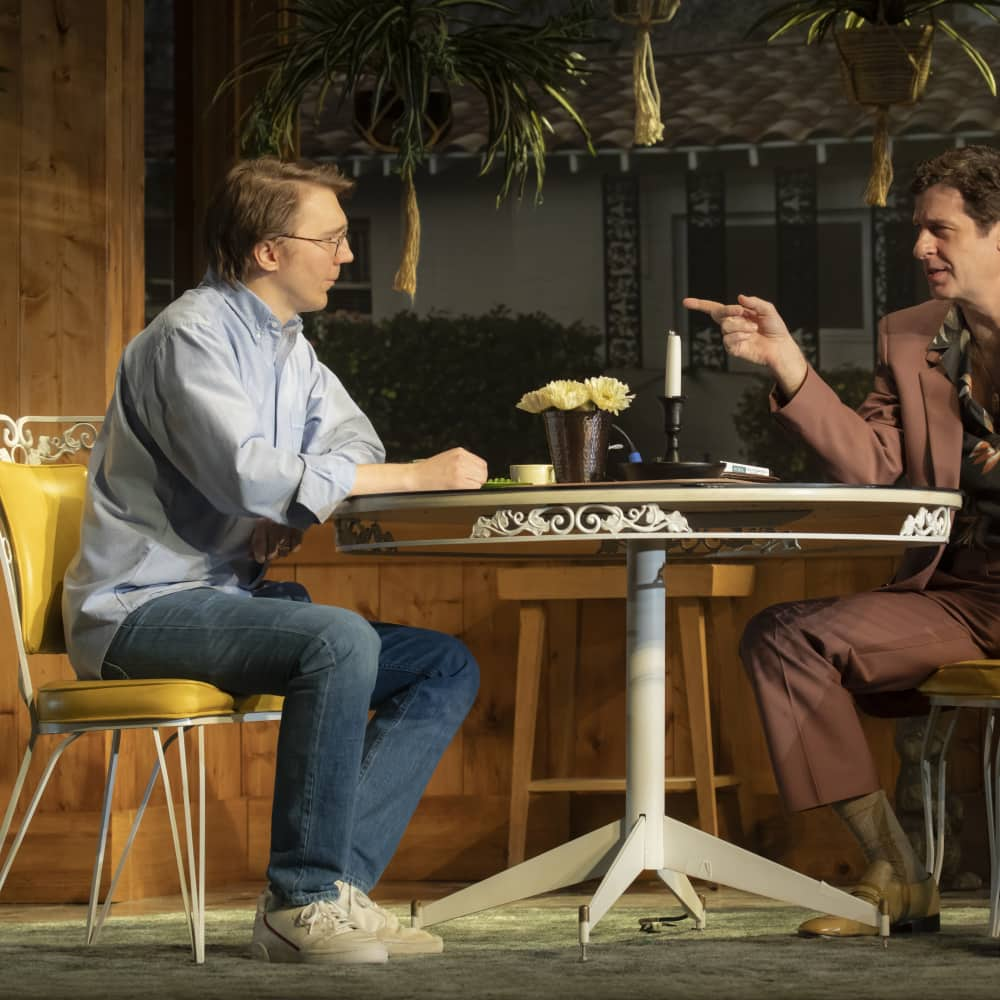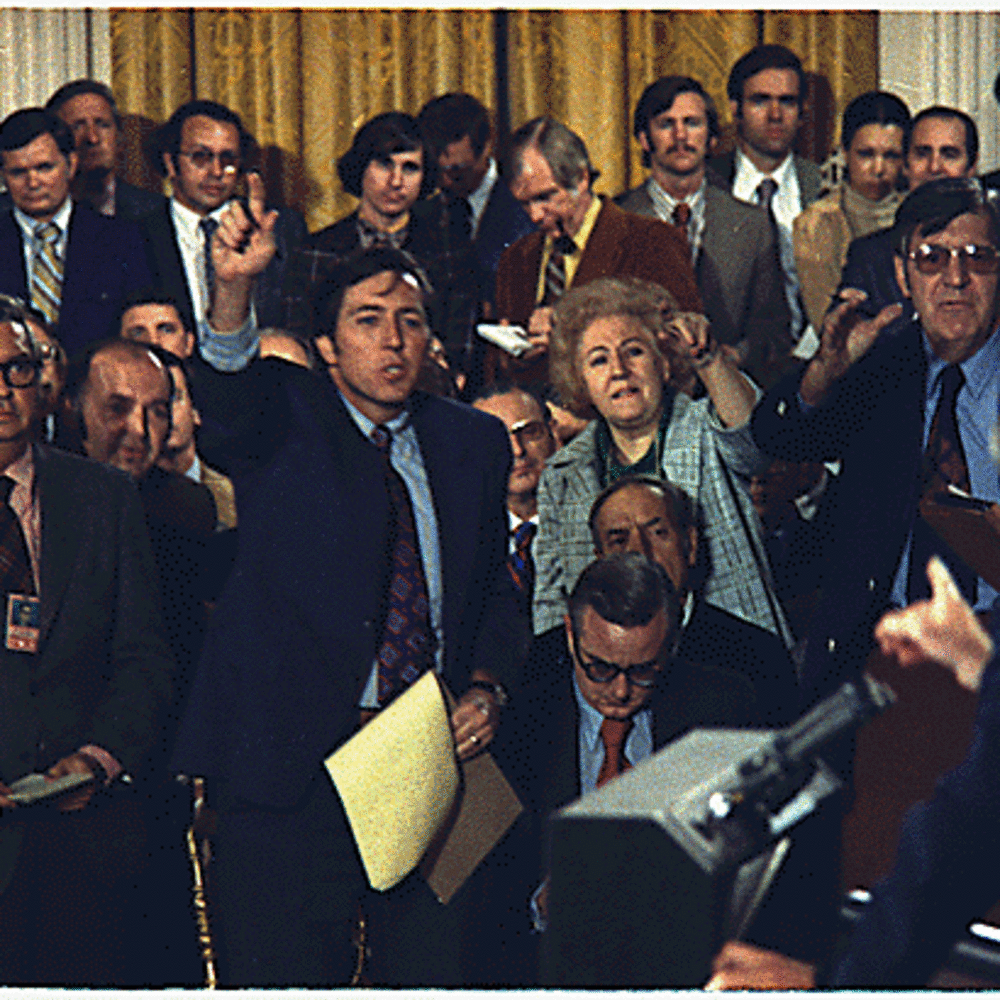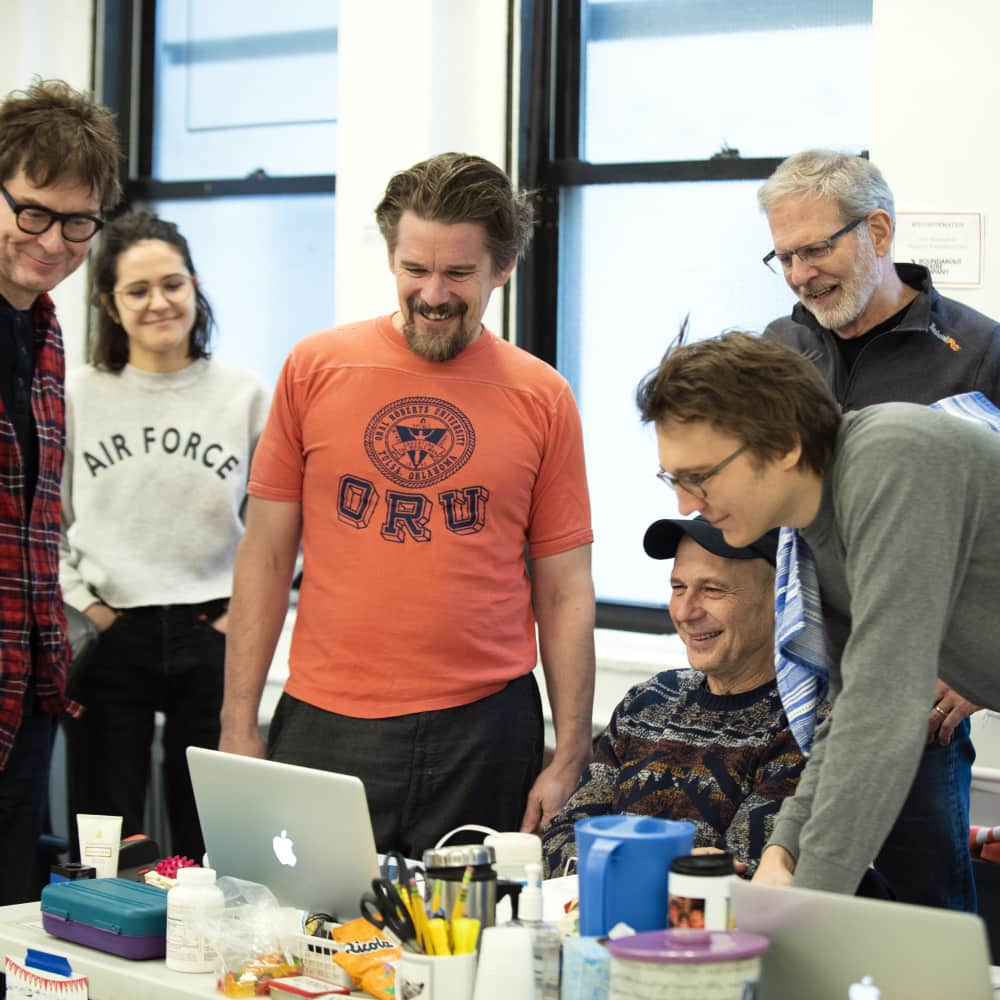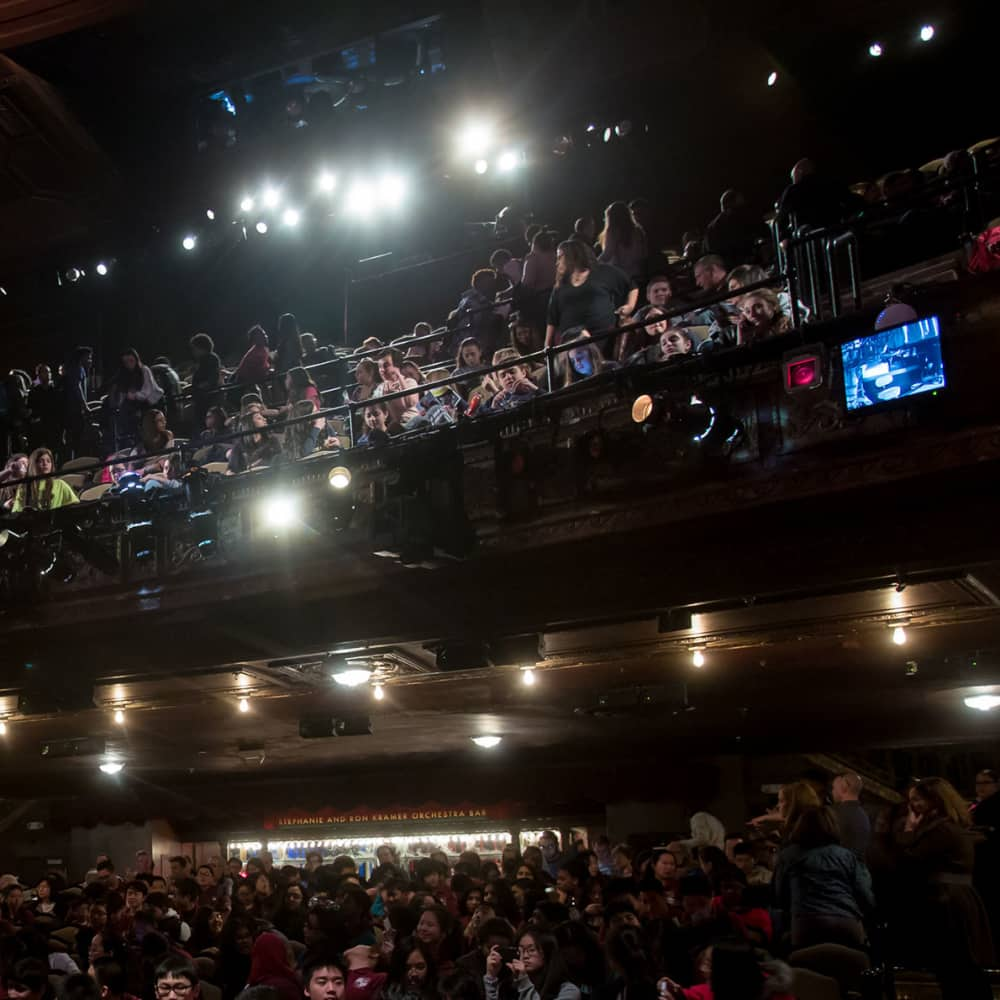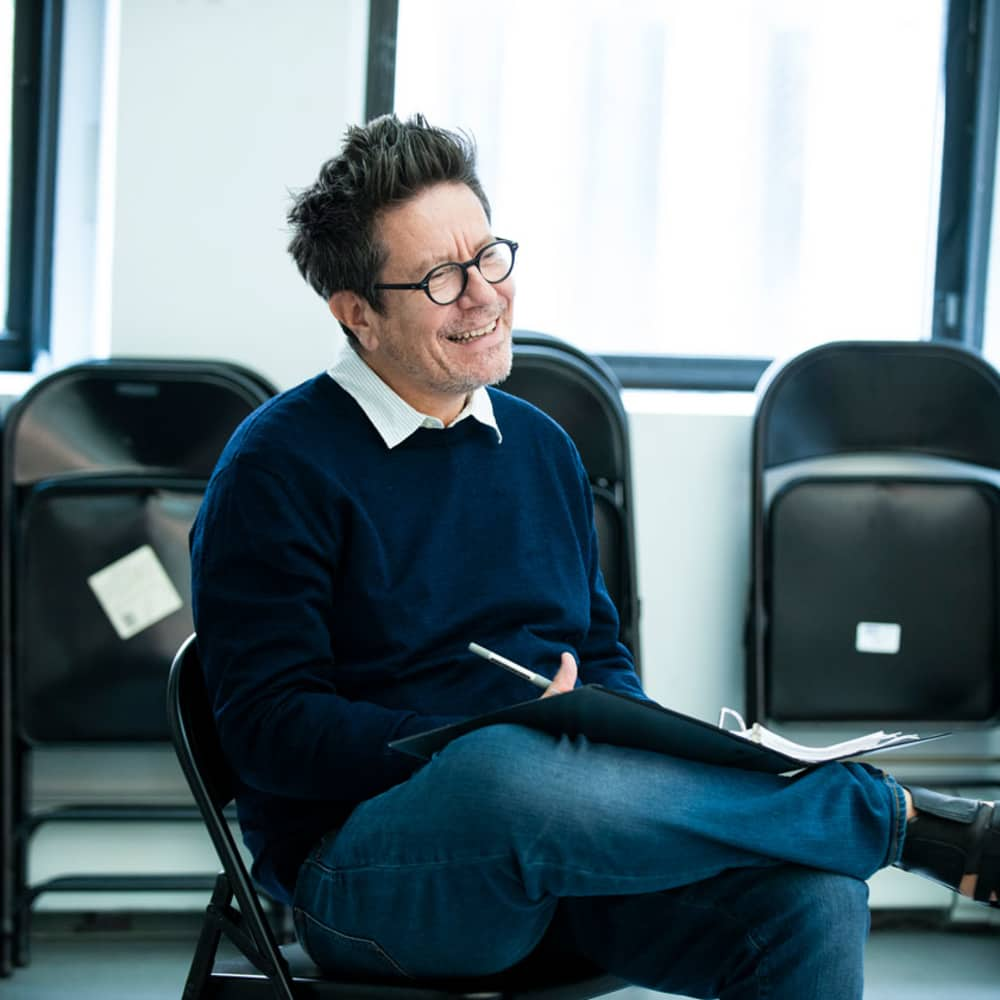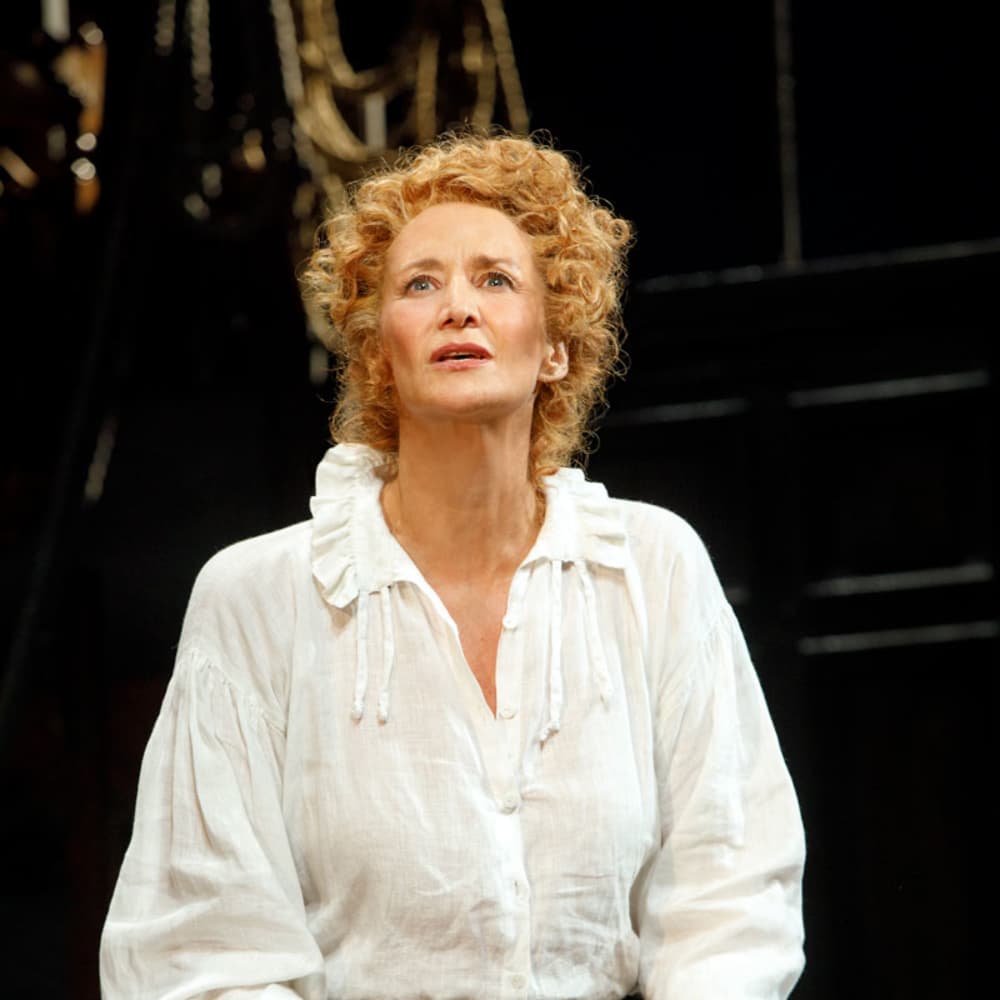True West:
Present in the Past: A Rake in Time
Posted on: February 26, 2019
First, the jargon: a raked stage is one that rises in elevation as an actor moves from the edge of the stage away from the audience. In other words, from downstage to literally up stage. This odd technique of theatrical construction was born out of a very practical need: for everyone in the audience to see the action — especially in bygone eras when tall hats were all the rage. A stage that is higher in the back than in the front helps actors remain visually prominent even as they recede in the distance (this is also where we get the term “upstaging,” meaning to steal focus).
This trend in theatre construction, built on the need to clear up sight lines, eventually combined with a trend in painting developed during the Italian Renaissance called perspective. We take it for granted today, but this technique revolutionized the flatness that previously characterized visual art. Perspective is a technique to capture the spatial relationships of people and objects as they actually appear in the real world – all three of their dimensions existing on a two-dimensional canvas. In effect, it’s an optical illusion. With the stage framed by elaborately decorated proscenium arches, this artificially designed perspective achieved a magical result: theatregoers must’ve been delighted by the newly realistic still images they had seen hanging from walls in galleries, coming to life with voice and movement in the theatre.
Take a look at the header image from Roundabout’s 1997 production of Scapin. First, notice the angle of the buildings on left and right – you’ll see they are gradually coming closer together. Then, take a look at the floor; if you follow the lines, you’ll notice at one point there’s a break and the angle changes – this is where the rake begins. Paradoxically, these two non-realistic changes make it seem more realistic to our eyes.
Rakes like the one in Scapin are meant to blend into the environment to create an overall effect that is mostly backdrop – if an actor were to walk too far upstage, the effect would be broken because they’d be the size of a building! But not all rakes are created equal. This one, from Roundabout’s 1987 production of Rashomon is doing something quite different. The episodic structure of this play, many short scenes moving briskly from location to location, combined with a story about different perspectives on a crime involving characters literally stepping in and out of the past, necessitates the creation of different spaces that exist simultaneously on stage. Making the middle section raked helps to reinforce the idea that it’s a new time and place, somehow on a different plane of existence. While the style of the rake is a kind of visual cheat code that not only clues us in to physical setting, but a nostalgic, misty tone of memory that also comes from the world of visual art.
In the next article, we’ll take a look at what rakes are getting up to recently.
Want to reach out to James? Contact him at jamesm@roundabouttheatre.org

